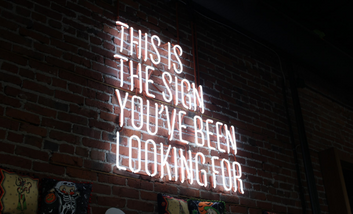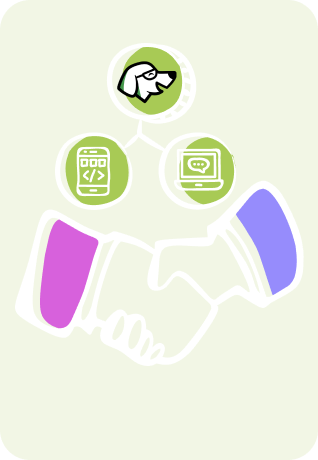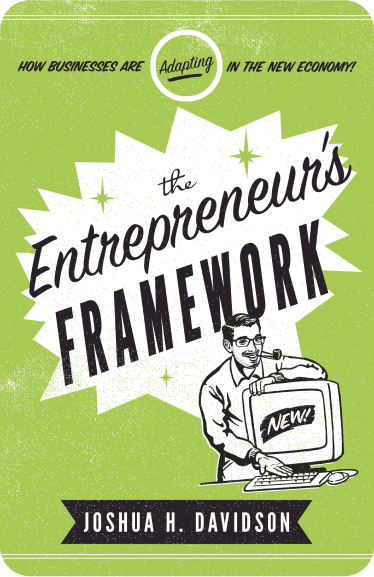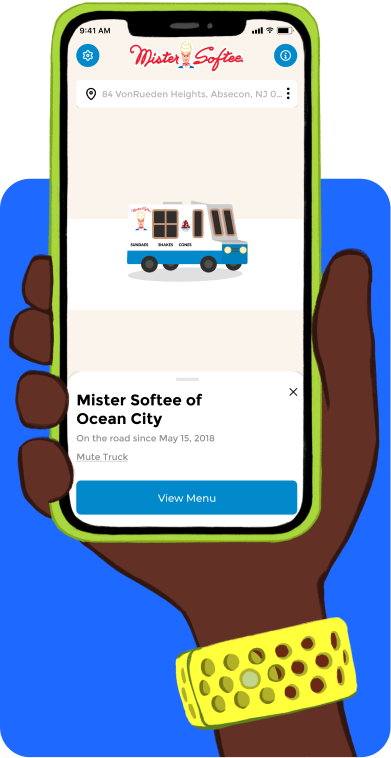Are you looking for ways to make your app more user-friendly and effective? In this blog post, we explore the concept of app minimalism.
App minimalism can help you create an exceptional digital product. It’s about stripping away unnecessary elements in app design so that users are able to achieve their goals quickly, intuitively and with fewer distractions.
Adopting a minimalist approach not only helps promote user engagement but also saves time and money.
We’ll discuss why this trend is popular among entrepreneurs and startups, as well as the practical steps required for creating minimalist apps.
Increasing usability while reducing complexity is the name of the game!
User Statistics Point to the Necessity of App Minimalism
In 2020, the average smartphone user had about 40 apps on their phone.
However, statistics show that 90% of them were using less than half of those apps regularly.
Other data sources report that these days, the average smartphone user has about 80 apps on their phone.
However, they only use 9 every day and 30 monthly.
With such high competition, it may seem like the answer is simply to jam your app with so many features that almost anyone can find something to use in it.
Here is why that’s not the best idea:
According to the Standish Group, 64 percent of the features in an average enterprise application are either “rarely” or “never” used. This lines up with what academics have been saying for over a decade.
In fact, you can find Harvard Review pieces going back to 2012 about how consumers are exhausted with maximal product design. People don’t want remote controls with 50 buttons and apps with a 100 features.
They want to accomplish their goals and move on.
Why App Minimalism Benefits Users and Consumers
Essentially, as an entrepreneur developing a product, the smartest thing that you can do is listen to the market. For decades, in the tech world, consumers have been grappling with several issues relating to fatigue and overwhelm.
- There are simply so many apps that users don’t even know what to choose.
- They end up loading up their phones with apps they don’t even use.
- In many of these apps, there are so many features that users end up ignoring most of them.
In addition, 70% of users say they will outright abandon any app that’s slow to work. And who can blame them? There are so many options.
The fact of the matter is, that apps that do less load faster and are easier for users to engage with. In an environment where many people are experiencing overwhelm by the sheer number of options available, making your app simple and minimal can make it stand out.
How App Minimalism Benefits Developers and Entrepreneurs

Many newbies to the app development world feel overwhelmed as well, but from a different angle. They want to make a competitive app, which can seem like an impossible task considering everything that’s out there.
However, there is some good news. To be truly competitive, you probably have to do a lot less than you think you do.
While many feel that creating an app that can do it all is the solution, hopefully the research presented here has changed your mind. After all, if users ignore almost 3/4 of the features in every app, why put them in there in the first place?
It’s no secret that creating an app takes time and money. Either you have to do it yourself, hire an in-house team, or outsource the project.
The more complicated your app is: the more time, effort, and money will be required. Embracing app minimalism not only benefits your customers, but your business.
Apps can be a business in themselves, or function as a part of an already existing business. However, like all businesses, their ultimate goal should be a favorable ROI.
That’s why you only want to give your app the features that will really matter to your users. Pouring money and time into creating a product where most of the features will be ignored is just not a strategic thing to do.
Why Creators Can Struggle With This Concept
The Harvard Review cites certain challenges when it comes to embracing minimalism from the product creation side of things. They say:
Teams are often tempted to show off by producing brilliant technical solutions that amaze their peers and management. But often customers would prefer a product that just works effortlessly. From a customer’s point of view, the best solutions solve a problem in the simplest way and hide the work that developers are so proud of.
It is important to remember that things that appeal to people involved in the tech industry will not always appeal to the mass market.
Most everyday users have little tech savvy and don’t know enough about the inner workings of apps to appreciate what truly goes into making them.
They look at apps more as tools or a means to achieve something. Whether they seek entertainment, getting directions, or ordering food, they want an app that makes doing that as seamless as possible.
Find out exactly what needs your consumers have, and make an app that does exactly that.
The Challenge of Knowing What Your Users Truly Want
If you have no monetary constraints, it may seem a lot easier to just throw a bunch of features at the wall and see what people like. However, most entrepreneurs are not working from an endless fountain of capital.
Many bootstrap their ventures with savings, apply for grants and loans, or are working with investors who may cause issues if they feel their money is being wasted.
If you are going to build an app that only has the features that your users want, you have to know what they want.
But, how do you figure this out?
The key is to never assume that you already know what people want. Do your research.
This can include studying apps similar to the one you want to create, conducting your own market research, or buying data from research firms.
Be sure to test your app properly before launch and be prepared to make revisions. Take the feedback from those who test your app seriously.
Again, if your app is doing less, it has to do those few things it does perfectly. While sometimes developers can fall into the trap of rushing to complete an app and forgo testing, this is a horrible idea.
If you release a buggy or non-functional app, it can permanently harm the reputation of your application or company. First impressions matter.
Remember, there are millions of apps out there. If yours doesn’t work, users have no reason to stick with it.
Embrace Iterative App Development

Iterative development may sound like a fancy term, but it simply means breaking down a big project into smaller, more manageable chunks.
This approach not only helps you avoid getting overwhelmed, but it also gives you the chance to continuously improve your work through feedback and testing.
Now, imagine taking this approach to creating an app. By breaking down its features into smaller, user-focused increments, you can create an experience that truly emphasizes app minimalism.
This means that your app isn’t bogged down with unnecessary features, but instead remains simple, efficient, and user-friendly.
With iterative development as your guide, you can take your app to the next level and revolutionize the way people engage with technology.
Final Thoughts on How to Embrace App Minimalism
After digging into the benefits of minimalism with apps, it is clear that there are many ways it can positively improve the user experience.
From creating a more focused environment to saving time and resources, the pros are clear!
App minimalism provides advantages to users, developers, and businesses alike; businesses benefit from an improved digital presence while users enjoy an easier-to-navigate product or service.
Developers get the satisfaction of having designed efficient and well-functioning tools and applications. To reap the rewards of its design for a personalized experience, take stock of what you need now and in the future to achieve your goal.
This will help you make sure that your app strikes a balance between necessary features and those that may clutter or complicate its use.
Keep this in mind when deciding which features to include to create an effective minimalist app – one that functions flawlessly yet remains simple and intuitive.
What do you think? Comment below.
Since 2009, we have helped create 350+ next-generation apps for startups, Fortune 500s, growing businesses, and non-profits from around the globe. Think Partner, Not Agency.
Find us on social at #MakeItApp’n®

















